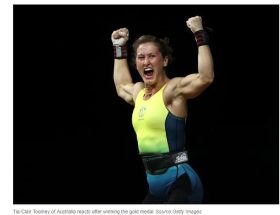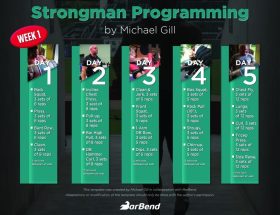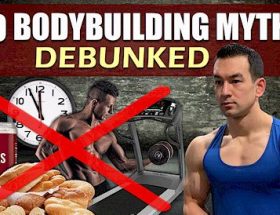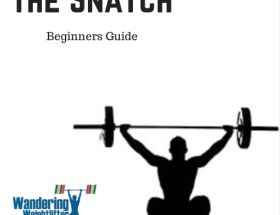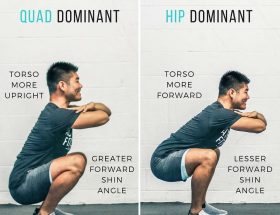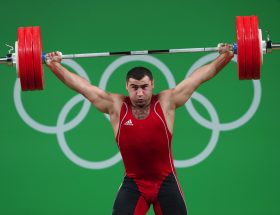Proper nutrition plays a crucial role in achieving fitness goals, whether it’s bulking up or getting lean and shredded. Two popular phases that individuals often go through are bulking and cutting. In this article, we will explore the right nutrition strategies for each phase, including the right macronutrient ratios and overall calorie intake to optimize results.
Bulking Phase Nutrition
The bulking phase is characterized by a caloric surplus, where individuals consume more calories than their body requires for maintenance. This surplus provides the body with the necessary energy and nutrients to build muscle mass. However, it is important to focus on consuming quality foods rather than indulging in empty calories.
Caloric Intake
During the bulking phase, it is recommended to increase your overall caloric intake by approximately 10-20% above your maintenance level. This surplus ensures there are enough calories available to support muscle growth.
Macronutrient Ratios
Protein: Protein is essential for muscle repair and growth. Aim to consume around 1.2-1.5 grams of protein per pound of body weight. Good sources of protein include lean meats, poultry, fish, eggs, legumes, and dairy products.
Carbohydrates: Carbs provide the body with the energy required for intense workouts and muscle glycogen replenishment. Approximately 45-55% of your total caloric intake should come from carbohydrates. Opt for complex carbs like whole grains, fruits, vegetables, and legumes.
Fats: Including healthy fats in your diet is crucial for hormone production and overall health. Around 20-30% of your total caloric intake should come from fats. Sources of healthy fats include avocados, nuts, seeds, olive oil, and fatty fish.
Meal Timing
Meal timing is important during the bulking phase to ensure a continuous supply of nutrients to support muscle growth. Aim to consume 5-6 smaller meals or snacks throughout the day, consisting of a protein source, complex carbs, and healthy fats.
Cutting Phase Nutrition
The cutting phase is focused on reducing body fat while maintaining muscle mass. This phase requires a caloric deficit, meaning you consume fewer calories than your body burns. The goal is to shed excess fat while preserving as much muscle as possible.
Caloric Intake
To initiate fat loss, reduce your caloric intake by approximately 10-20% below your maintenance level. This deficit allows your body to tap into stored fat for energy.
Macronutrient Ratios
Protein: Protein is crucial during the cutting phase to preserve muscle mass. Aim to consume around 1-1.2 grams of protein per pound of body weight. High-quality protein sources are important to provide essential amino acids for muscle maintenance.
Carbohydrates: Unlike the bulking phase, carbohydrate intake should be reduced during cutting. Approximately 25-40% of your total caloric intake should come from carbohydrates. Focus on consuming low glycemic index carbs like quinoa, brown rice, sweet potatoes, and vegetables.
Fats: Similar to the bulking phase, healthy fats are still important during cutting. Around 20-30% of your total caloric intake should come from fats. Fats help with satiety and hormone production. Choose sources like avocados, nuts, seeds, olive oil, and fatty fish.
Meal Timing and Frequency
During the cutting phase, meal timing and frequency are still important, but individual preferences may vary. Some people find success with intermittent fasting or consuming smaller, more frequent meals. Find an eating pattern that works best for you to stay within your caloric deficit while feeling satisfied.
The Importance of Nutrient Timing
Beyond macronutrient ratios and overall calorie intake, nutrient timing is another crucial aspect of nutrition during both bulking and cutting phases. Properly timing your meals around workouts can enhance performance, recovery, and muscle growth.
Pre-Workout Nutrition
Before a workout, fuel your body with easily digestible carbohydrates and a moderate amount of protein to provide energy and prevent muscle breakdown. Opt for a small meal or snack containing carbs like fruit and protein sources like Greek yogurt or a protein shake.
Post-Workout Nutrition
After a workout, your body needs nutrients to kickstart the recovery process. Consume a protein-rich meal within 1-2 hours after exercise to stimulate muscle protein synthesis. Pair it with carbohydrates to replenish glycogen stores. Whey protein shakes, chicken breast, or fish with a side of sweet potatoes are excellent post-workout choices.
Conclusion
Whether you’re in a bulking or cutting phase, nutrition plays a vital role in achieving your fitness goals. The appropriate macronutrient ratios, overall calorie intake, and proper nutrient timing can optimize muscle growth during bulking and preserve lean muscle mass during cutting. Remember to consult with a registered dietitian or nutritionist to tailor these recommendations to your individual needs and monitor progress along the way.

